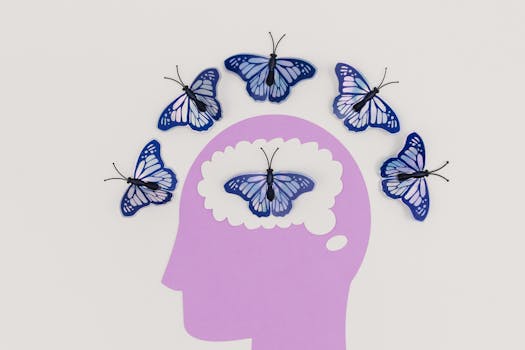What is cognitive biases?

What is cognitive biases?
Cognitive biases are fascinating phenomena that affect how we think and make decisions. They represent systematic errors in our thinking processes, often leading us to incorrect conclusions or irrational behaviors. Understanding cognitive biases is crucial for enhancing our decision-making capabilities, boosting productivity, and fostering personal growth.
Understanding Cognitive Biases
Cognitive biases arise from the mental shortcuts our brains take when processing information. These shortcuts, known as heuristics, help us make quick judgments without extensive deliberation. However, they can lead to flawed reasoning and distorted perceptions.
What are Cognitive Biases?
Cognitive biases are defined as predictable patterns of error in judgment. They occur when we process information in a way that deviates from rationality. For example, when evaluating a situation, we might overlook critical data points or give undue weight to one piece of information over others. This tendency can lead to choices that don’t align with reality.
To explore more on this topic, you can check out the National Institutes of Health for an in-depth look at cognitive biases.
The Psychology Behind Cognitive Biases
The roots of cognitive biases lie deep within our psychology. Our brains are wired to seek efficiency, often prioritizing speed over accuracy. This inclination can be traced back to evolutionary adaptations, where making quick decisions was vital for survival. However, in our complex modern world, these mental shortcuts can backfire, leading us to make decisions based on incomplete or biased information.
To gain further insight, you can visit Verywell Mind to explore how these biases influence our everyday lives.
Common Types of Cognitive Biases
Cognitive biases come in various forms, impacting our thoughts and behaviors in numerous ways. Here are some common types:
Confirmation Bias
Confirmation bias is the tendency to favor information that confirms our existing beliefs while dismissing contradictory evidence. For instance, if you believe that a particular investment will succeed, you may only seek out positive reviews about it, ignoring negative assessments. This bias can significantly distort decision-making, leading to poor outcomes.
Anchoring Bias
Anchoring bias occurs when we rely too heavily on the first piece of information we encounter (the “anchor”) when making decisions. For example, if you see a shirt priced at $100 and then find it on sale for $50, you might perceive it as a great deal, even if $50 is still more than its actual value. This bias can skew our perceptions of value and relevance.
Overconfidence Bias
Overconfidence bias involves having excessive faith in our abilities or knowledge. For instance, many entrepreneurs may underestimate the risks involved in their ventures due to their overconfidence in their skills. This bias can lead to poor decision-making, as it clouds our judgment and prevents us from accurately assessing situations.
For a broader list of cognitive biases, the Wikipedia page offers a comprehensive overview.
The Impact of Cognitive Biases on Productivity and Decision-Making
Cognitive biases can have far-reaching effects on our productivity and decision-making processes. They can hinder our ability to think critically and make rational choices.
Cognitive Biases in the Workplace
In a professional environment, cognitive biases can create challenges in teamwork and leadership. For example, confirmation bias might lead team members to ignore critical feedback on a project, while overconfidence bias can result in poor planning and unrealistic expectations. Recognizing these biases is vital for fostering a collaborative and effective workplace.
Overcoming Cognitive Biases
To mitigate the influence of cognitive biases in our daily lives, we can adopt several strategies:
- Awareness: The first step is recognizing that cognitive biases exist and that we are prone to them.
- Seek Diverse Perspectives: Engage with people who have different viewpoints to challenge your assumptions.
- Data-Driven Decisions: Base your choices on concrete data rather than gut feelings or first impressions.
- Pause Before Deciding: Take time to reflect on your decisions, especially if you feel overly confident about them.
For additional tips on recognizing cognitive biases, you can refer to Healthline.
Conclusion
Understanding cognitive biases is essential for enhancing our decision-making skills and improving productivity. By recognizing the mental shortcuts we often take, we can learn to mitigate their effects and make more rational choices. Implementing strategies to counteract these biases can lead to better outcomes in both personal and professional realms. Embrace the journey of understanding your thinking patterns, and you’ll find yourself more capable of navigating life’s complexities with clarity and confidence.